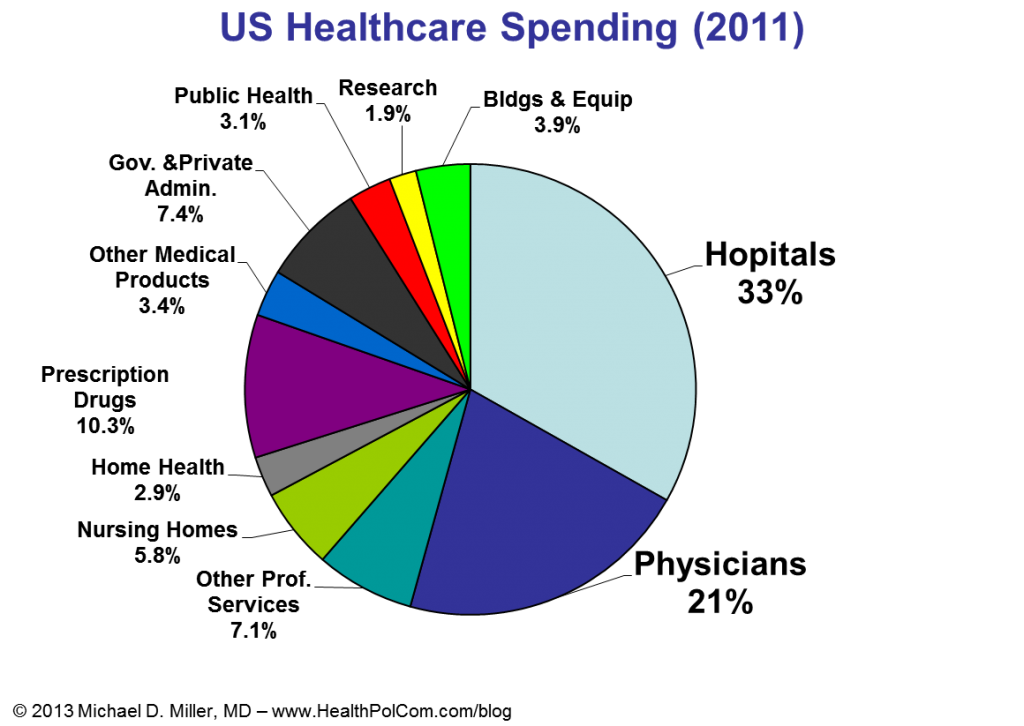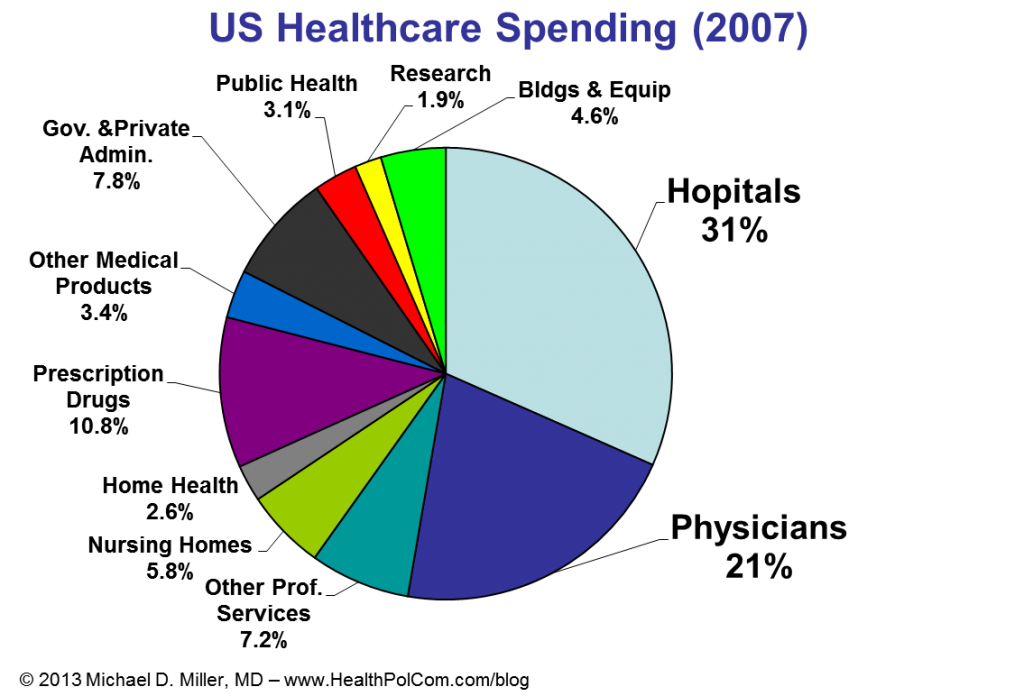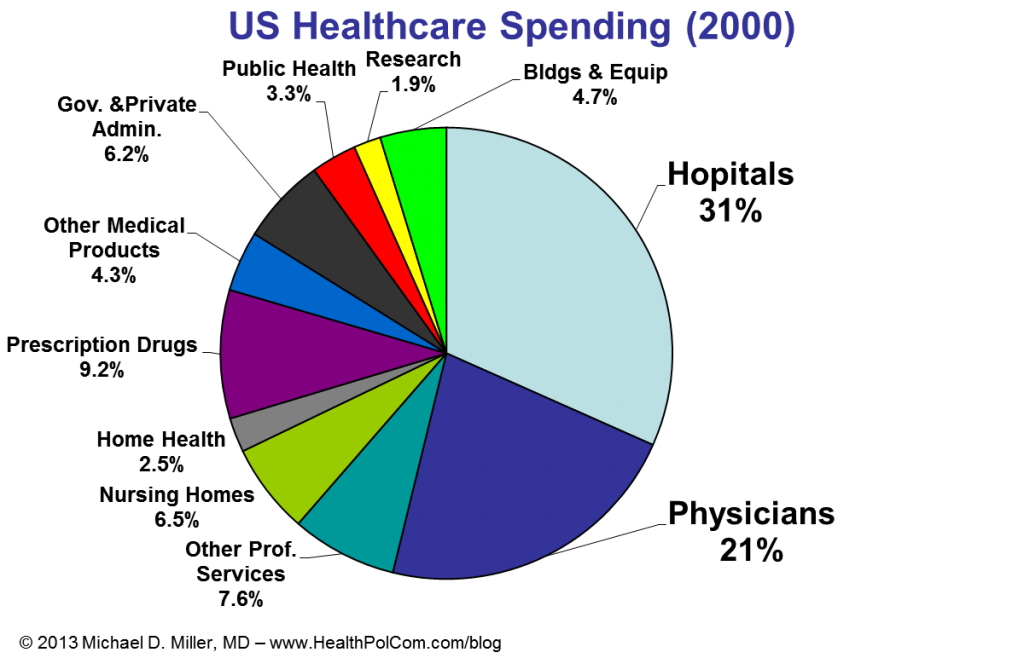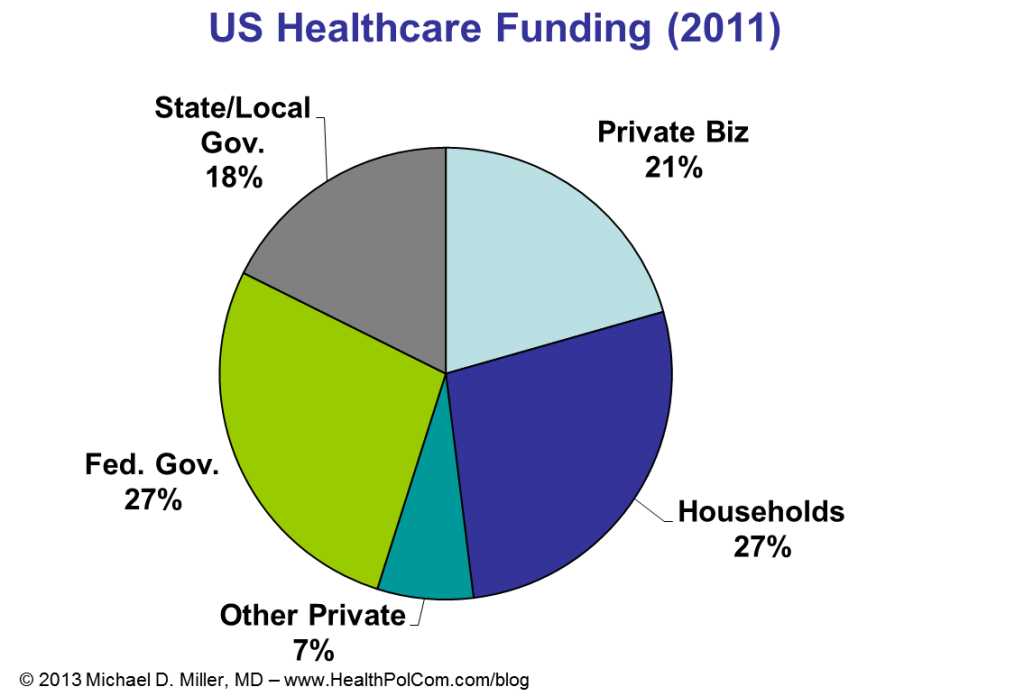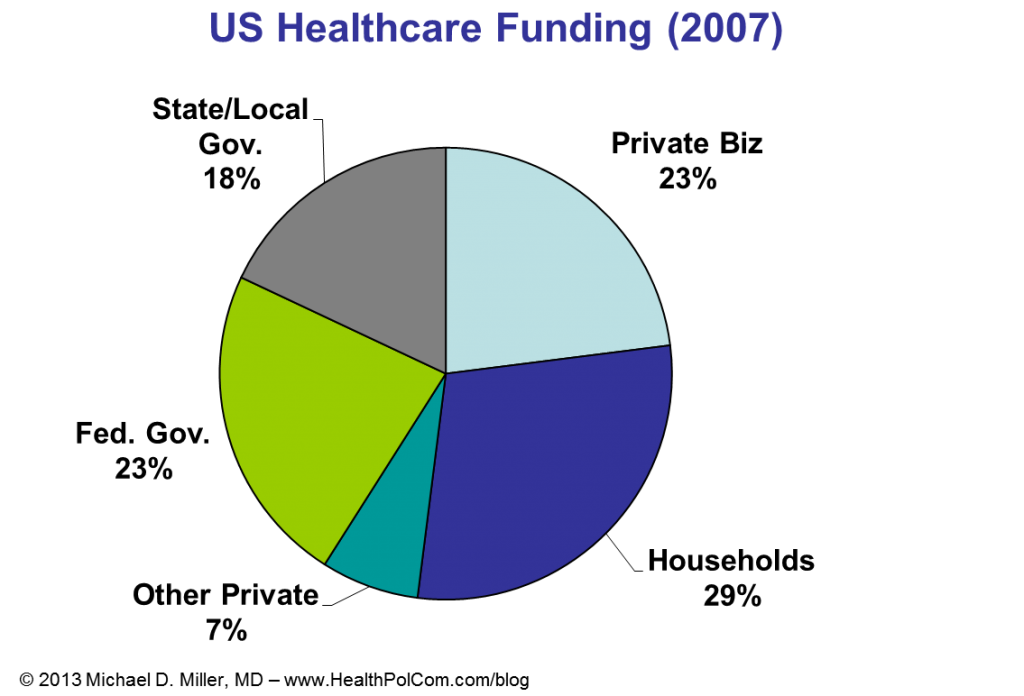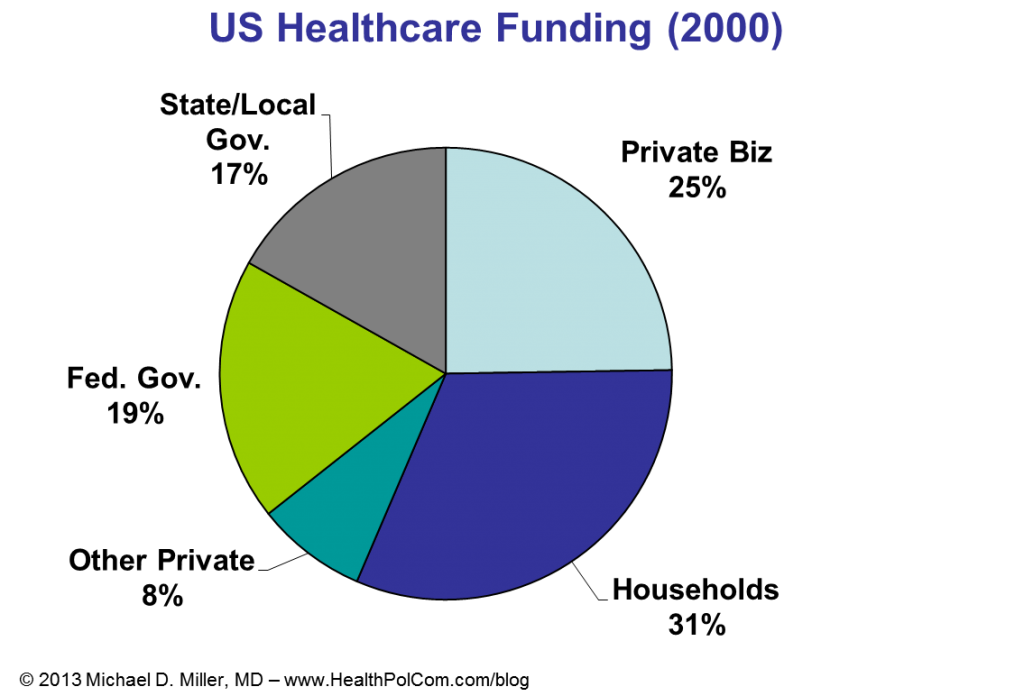Below is a video of my discussion with Phyllis Greenberger, President and CEO of the Society for Women’s Health Research, about the implications of comparative effectiveness research (CER) and information technology for women’s health and quality improvement.
What are your thoughts about CER and HIT? Will they lead to higher quality, lower cost, or more efficient/better healthcare? And if so, how soon?
FYI – The SWHR’s July 18-19 meeting mentioned in the video is “What a Difference an X Makes: The State of Women’s Health Research.”…
